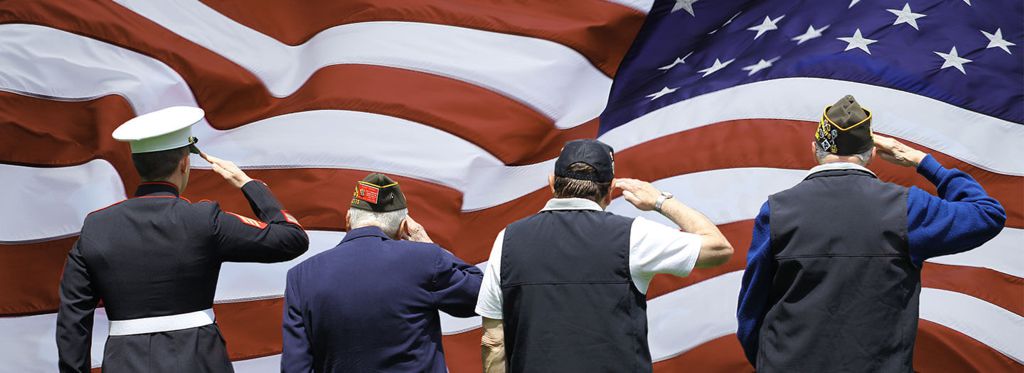A new study projects that cumulative health care costs for U.S. military veterans will reach as much as $2.5 trillion by 2050—a figure that nearly doubles previous forecasts—raising concern about whether the government will take care of its war vets in the coming decades.
According to research from Brown University’s Costs of War Project, the total costs of caring for post-9/11 war veterans will reach $2.2 trillion to $2.5 trillion from 2001 to 2050. This includes the amount already paid in medical care and benefits, as well as the projected future costs already “baked” into the system, the Aug. 18 report shows.
The study notes that federal expenditures for veteran care have doubled over the past two decades, to 4.9 percent of the U.S. budget in 2020 from 2.4 percent in 2001—even as the total number of living war vets declined to 18.5 million from 25.3 million during that time.
Harvard University professor Linda Bilmes, who authored the study, pointed to several factors that led to the skyrocketing costs.
“Compared to those who served in earlier wars, the post-9/11 troops experienced more frequent and longer deployments, higher levels of exposure to combat, higher rates of survival from injuries, higher incidence of serious disability, and more complex medical treatments,” said Bilmes, the Daniel Patrick Moynihan senior lecturer in public policy at the Harvard Kennedy School.
“Veterans of these conflicts have had access to a broader range of government benefits, improved systems for submitting and appealing disability and healthcare claims, and expanded post-military transition services such as re-entry and employment training.
“Long after the post-9/11 wars end, the largest single long-term cost of these wars will be benefits and medical care for the men and women who served in Afghanistan, Iraq, and related theatres since 2001, and their dependents.”
The Costs of War Project released similar cost projections in 2011 and 2013. Bilmes said her forecast nearly doubles the estimates of the earlier research, attributing this increase to higher-than-expected disabilities and expenditures.
Citing Bureau of Labor Statistics (BLS) data, Bilmes said that more than 40 percent of those who have served in the post-9/11 era have already been certified as having a “service-connected disability,” compared to fewer than 25 percent of veterans from World War II, Korea, Vietnam, and the first Gulf War.
By Ken Silva







